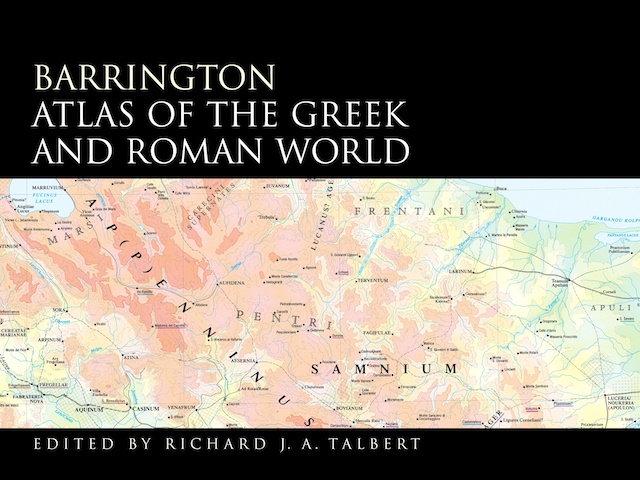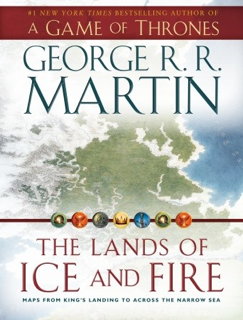
London-based publisher Blue Crow Media has begun issuing a series of cartographic guides to urban architecture. They sent me samples of their first two maps, the Art Deco London Map and the Brutalist London Map. (A bilingual Constructivist Moscow Map came out this week, and a Brutalist Washington Map is coming in October.)
Each is a folded paper map of London, 42 × 60 cm in size, that highlights more than 50 examples of Art Deco or Brutalist architecture, respectively, found in that city. On the front side is the map itself, where the architectural examples, highlighted in red, pop out against an extremely spare base layer that has no text except for parks and Tube stations; streets are unlabelled. The end result is dramatic and clear—the grey-on-black Art Deco map is particularly striking—but presupposes a familiarity with the landscape (or a smartphone); these maps really can’t be used on their own to find things. They’d look awfully good on a wall, though. These are simple, well-designed maps that make a virtue of simplicity. They cost £8 each (or two for £14.50).





